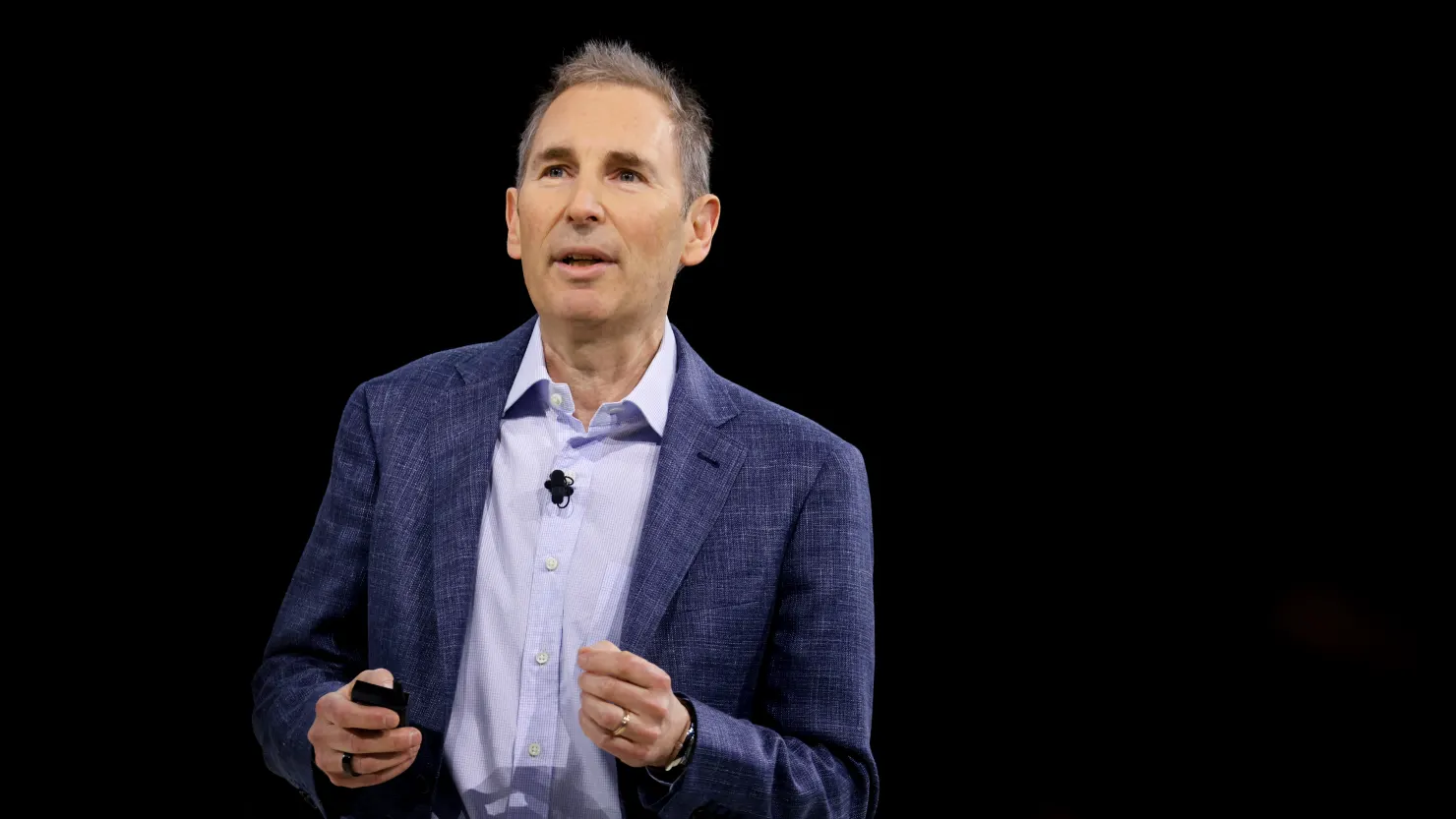Amazon shareholders recently voted against a proposal that would require the company to maintain a permanent separation between the roles of CEO and board chair. According to a filing disclosed after the annual meeting, approximately 82% of shareholders rejected the proposal, which was submitted by an independent advocacy group alongside seven other shareholder proposals. All eight proposals were ultimately dismissed.
The rejected proposal sought to formalize the current leadership structure at Amazon, where the CEO and board chair positions are held by different individuals, a setup that has been in place since 2021. When Jeff Bezos stepped down as CEO and handed the role to Andy Jassy, Bezos retained the position of executive chairman, effectively separating the CEO and board chair responsibilities. The advocacy group behind the proposal argued that such a separation, common among many S&P 500 companies, improves corporate governance by allowing the board chair to focus on oversight while the CEO concentrates on running the company’s business operations.
The proxy statement supporting the proposal emphasized that, given the current separation of the roles, it would be an ideal time to codify the structure. Shareholder proposals advocating for the split of CEO and board chair duties have increased significantly in recent years. According to data from the Harvard Law School Forum on Corporate Governance, the number of such proposals rose by 113% among Russell 3000 companies during the first half of 2023, marking the highest level in the past decade.
Despite this growing trend, Amazon urged shareholders to vote against the proposal, stressing that the existing approach allows the board the flexibility to determine the most appropriate leadership structure based on the company’s evolving needs. In its recommendation, Amazon stated that the 2021 separation of roles followed careful consideration of the company’s leadership functions and overall structure.
Amazon emphasized that its leadership success across various structures demonstrated the board’s ability to adapt as necessary, ultimately serving shareholders better by retaining the discretion to implement the optimal leadership model at any given time. The company’s filing highlighted that maintaining flexibility in leadership decisions is crucial for addressing the company’s specific circumstances as they arise.
This rejection underscores shareholder confidence in Amazon’s current governance approach, which balances oversight and executive management through the separation of CEO and board chair roles, without binding the company to this arrangement indefinitely. The decision reflects a broader corporate governance debate about the benefits and drawbacks of combining or separating these two key leadership positions.
Amazon’s leadership structure, with Bezos as executive chairman and Jassy as CEO, continues to navigate the company through complex challenges and opportunities in the highly competitive tech and retail sectors. Shareholders appear to support the board’s authority to manage leadership roles dynamically, rather than through fixed governance mandates. The outcome of the vote highlights the evolving nature of corporate governance preferences among investors and companies alike.
READ MORE:
